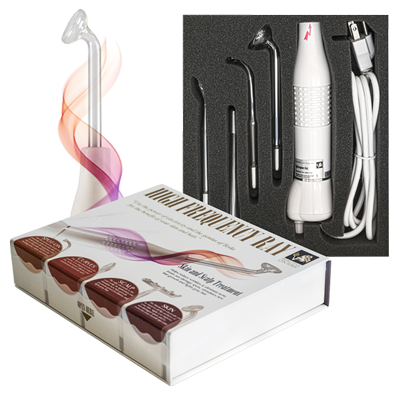How to Get Rid of Age Spots

Age Spot ... What is it?
Age writes itself on the human body. Age spots, we call them, and they're as much a marker of an "old person" as gray hair and wrinkles.
It’s easy to get confused between age spots and moles because these can look similar. Age spots are usually flat patches that start to show on the skin around age forty. Moles, especially those of precasncerous nature, protrude from the skin and are darker in color.
Sun exposure and genetic inheritance play roles in both. Original skin color is a factor as well. Melanin, the pigment that gives us skin color and constrains our ability to tan, gets produced in abundance when we’re overexposed to the sun. The effect that’s most commonly called “age spots” occurs when melanin clumps together—a phenomenon that becomes more common after age forty. The more melanin you produce, the more age spots you’ll have.
Prevention
We also call these irregular, dark blotches “liver spots.” The formation of age pigment takes place not only on the skin, but also throughout the whole body: the liver, the heart, skeletal muscles, and adrenal glands. But its build-up is most pronounced in the brain cells. Spots surfacing on the skin are only the tip of the iceberg. It's call for action. More information is this article: Avoiding Age Spots on the Raw Food Diet.
Age Spots Removal
Do you have some of those irritating spots on the skin of your face and hands? They can range from tiny freckle-size to bigger than a quarter. There are ways to get rid of them. The home remedies you need are easy. The ingredients are right in your kitchen.
Apple Cider Vinegar and Onion Method
Chop or blend an onion and use a strainer to squeeze out the juice. Take one tablespoon of onion juice and mix it well with a tablespoon of apple cider vinegar. Apply that mixture directly on your age spots.
Lemon Juice
Lemon juice is a natural bleaching agent. The citric acid in lemon juice can make age spots turn much lighter. There are several ways you can use lemon juice for age spots…
- Rub a lemon slice directly on your age spots for about ten minutes. Wash off with water.
- Cut a lemon in half and dip it into some sugar granules and then gently scrub your face to exfoliate while reducing age spots.
- Mix a 3:1 ratio of lemon juice and turmeric into a paste and apply it on your age spots. Leave the paste on the skin for 15 minutes, then rinse off.
- Blend equal parts lemon juice and tomato juice. Apply on the age-spot affected areas for 10 minutes or so.
Caution…Lemon juice can cause a slight itch or give a burning sensation. Do not go out in the sun with lemon juice still on your skin.
Aloe Vera Gel
Aloe vera is one of the most skin-friendly herbs. It helps keep skin hydrated and looking fresh. Apply aloe vera gel directly on your age spots. Leave it on for an hour, then rinse with cold water. Use the gel twice daily and see the spots fade before your eyes. Best practice: Get your aloe vera gel by squeezing it out of the plant leaf itself. You can buy a potted aloe vera plant and cut off stems as needed.
Don’t forget to protect your skin when you go out in the sun. Applying sunscreen before sun exposure will help prevent existing spots from becoming darker and make them less noticeable. You can try applying some coconut oil on your skin before your sun exposure, as it contains natural SPF. Learn more about my views on sun exposure and sunblock in this article: Sunblock, Sunglasses, How Much Sun Protection Do You Really Need?
While all of the above remedies do work, they do take time. Expect to incorporate one or more of them into your daily routine for about three to four months. Your patience will be rewarded.
High Frequency Ray
You can also reduce the appearance of age spot with the High Frequency Ray. Zap it with the Pointer or Curved electrode for 60-100 seconds.
Removing any blemish—moles, cherry angiomas, or age spots, for example—is never an instant quickie. Any procedure, whether at home or in the doctor’s office, involves not only the treatment itself, but healing. Some kind of scab always forms, then flakes away, all of it part of the body’s natural healing and waste removal processes. The whole process might take up to 2-3 weeks. In some cases the procedure must be repeated.

